Install Huzzler App
Install our app for a better experience and quick access to Huzzler.
Join the Huzzler founder community
A community where real founders build together. No fake gurus, no AI spam.
Join 2,217 founders
Huzzler is a strictly AI-free community
No fake MRR screenshots. Stripe-verified revenue only
Real advice from founders who've actually built
Network with serious builders, not wannabes
Building in public sounded fun until I had to publicly admit nothing works yet.
Remember you could have the perfect SaaS and still be invisible to everyone, if Google can’t find you, no one can. Do not sleep on SEO guys! :)
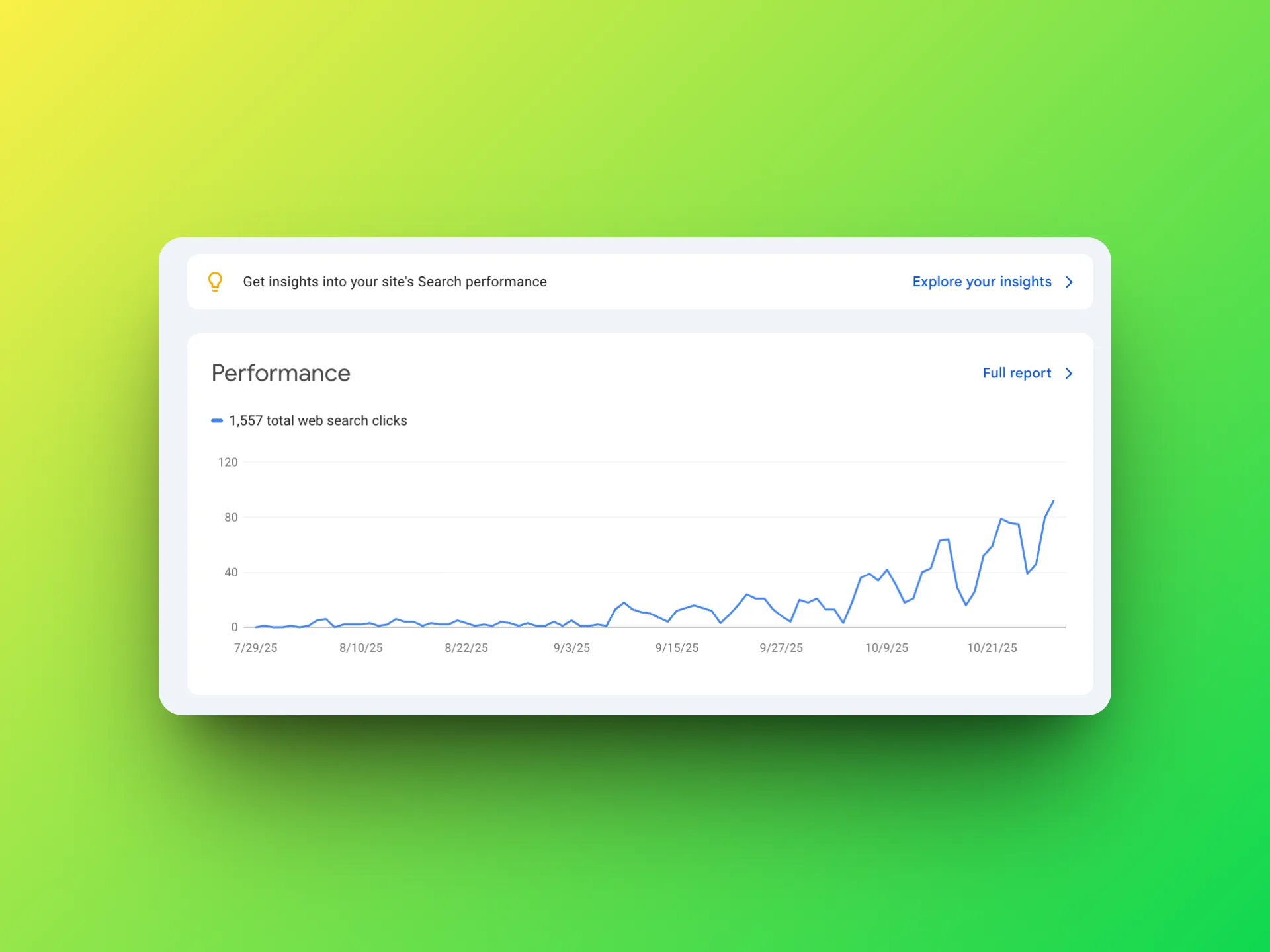
Hey Huzzler community!
After watching 1000+ of you launch here, I've started noticing a common pattern among SaaS launches:
Month 1-6: Build incredible product ✅
Month 7: Launch on Huzzler and get great feedback
Month 8: "No customers.. Maybe I need more features?" 🤔
Month 12: Still struggling with real customers... 😰
Here's the thing, almost everyone in this community can build. You're all incredibly talented.
We try posting on Product Hunt, tweeting, building in public... but our acutal customers are not browsing these sites. They're busy doing their jobs at companies.
That's why I'm building Customer Engine: a systematic approach to getting customers where you get exact daily tasks to get your first B2B customers.
Instead of: "What should I do today to get customers?"
You get: "Send 8 LinkedIn requests to marketing managers using template #3"
And you can actually see what's actually working for other founders (with real numbers).
Question for you guys: What's your biggest problem after launching your product? Is it getting the first real customers (who are not founders themselves)?
Would love your thoughts!
Waitlist: customerengine.co
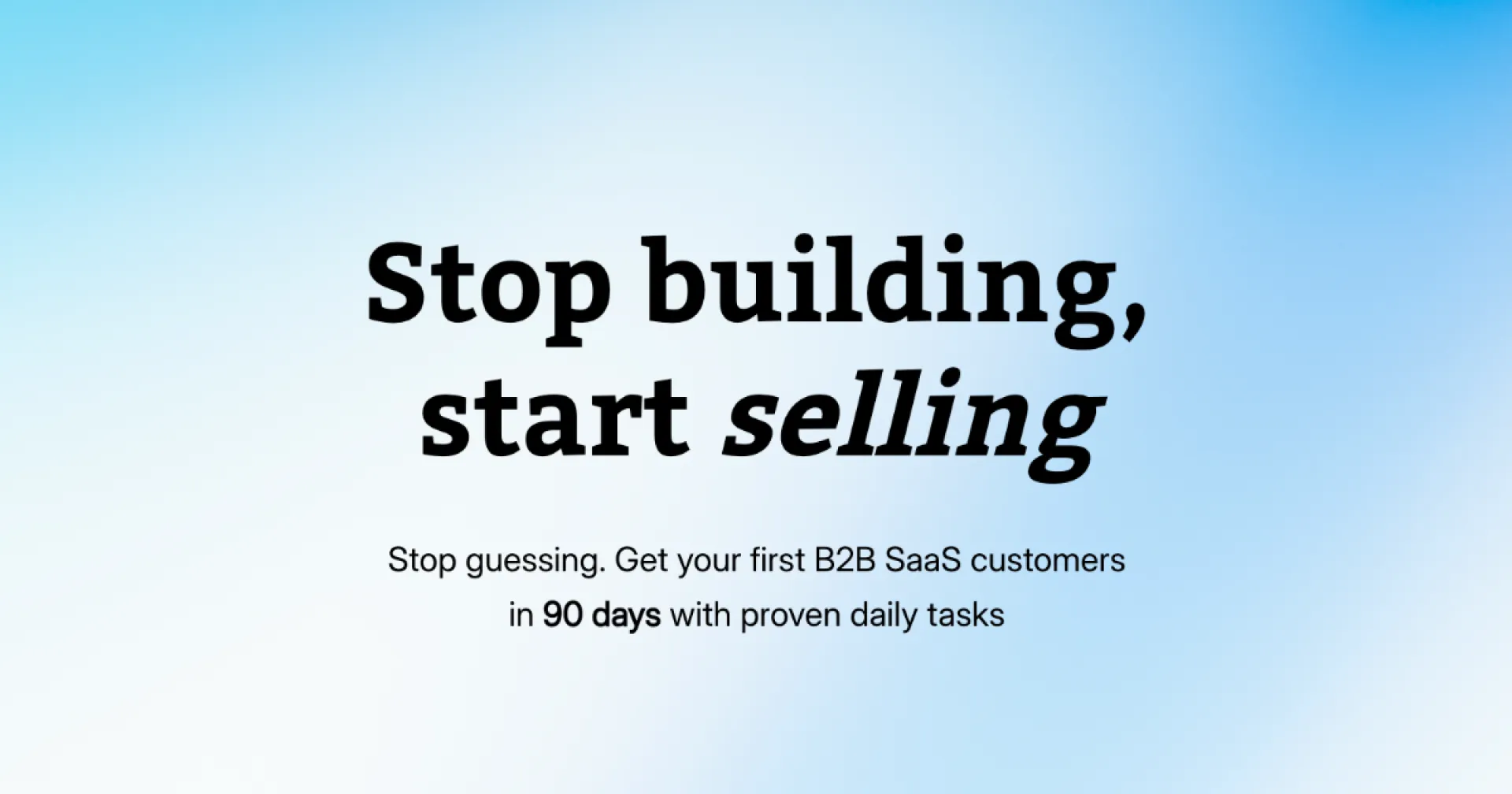
When you finally hit 1,000 users... and 998 of them are on the free plan.
Does anyone else lose entire afternoons to “accidental research” or “just checking something real quick.
I’m really curious, what’s one small thing that actually helps you stay focused or get back on track when your brain is all over the place?
Recently got into learning how to build a browser extension and came across WXT, a modern framework that a few creators recommended. I’ve been playing around with it for the past few days and it’s looking pretty solid so far.
What really stood out to me is how smooth the developer experience is. It’s built on top of Vite, supports TypeScript out of the box, and even hot-reloads your background and content scripts while you’re developing. The documentation is clear and well-structured, which made it easy to get something running quickly.
I’ll be shipping something interesting with it in the coming week. If you’re curious, check it out here (🙌highly recommended): https://wxt.dev/
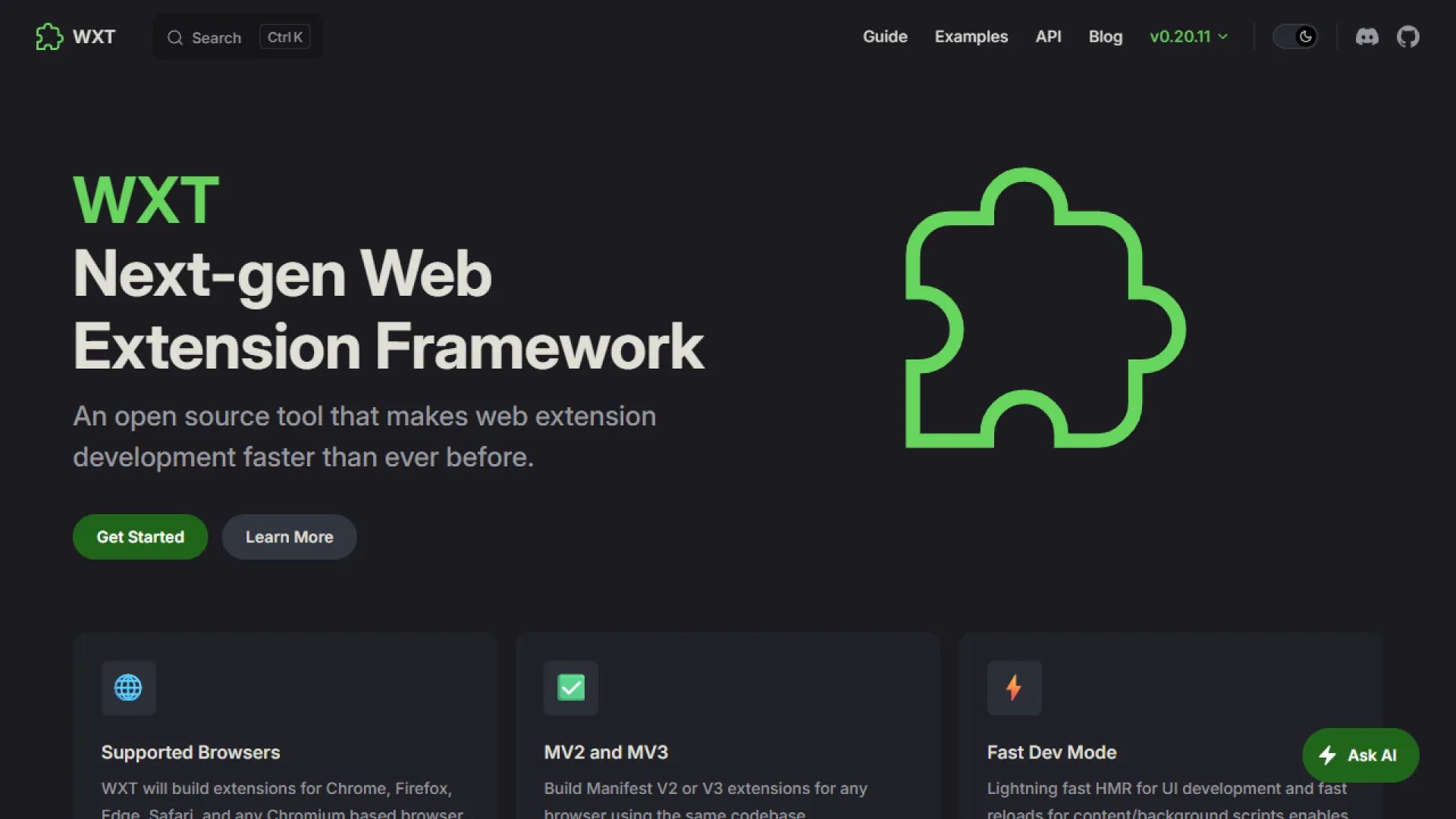
I work full-time in construction and spend my weekends learning to code. It’s slow but rewarding, and I’ve gained a real appreciation for how things work under the hood.
But with AI and vibe coding, I’m starting to wonder if learning to code manually is still the best path to build products.
When AI can handle most of the technical work, maybe the real skill is turning ideas into prompts.
I'm curious what other founders think. Is it still worth learning code, or is it smarter to start building products using AI?
How to find business ideas
Sooo… my projects have slowed down a bit, sold a few things, and now I’m hunting for new ideas. I was wondering how to find them, and I came up with a plan!
1️⃣ Go to Flippa
- Filter for sites making $10K+/month
- Pick a product idea that already has demand
- Check reviews
- Build something with better features
2️⃣ Go to Upwork
- Browse top gigs 💼
- See what people are actually paying for 💰
- Spot problems clients complain about 📝
- Build a solution that’s faster, cheaper, or just better 🚀
Haven’t found anything for me yet, but the method is super simple and maybe it’ll open someone’s eyes 👀
Quick update on NewsletterStack.
Yesterday I decided to stop hunting for new platforms to launch on and instead focused on engaging with my target audience on Reddit. Just replied to comments, answered questions, joined conversations.
What happened:
- Found a bug in the cost calculator. Some platforms weren't showing the right numbers when switching from monthly to yearly plans
- A user asked about GetResponse. It was already scheduled to go live, but I fast-tracked adding it to the cost calculator based on their request
- Had genuine conversations with newsletter creators about their platform choices
Sometimes the best QA comes from talking to people who are actually looking for a solution.
What's your take, launch everywhere or focus on connecting?🤔
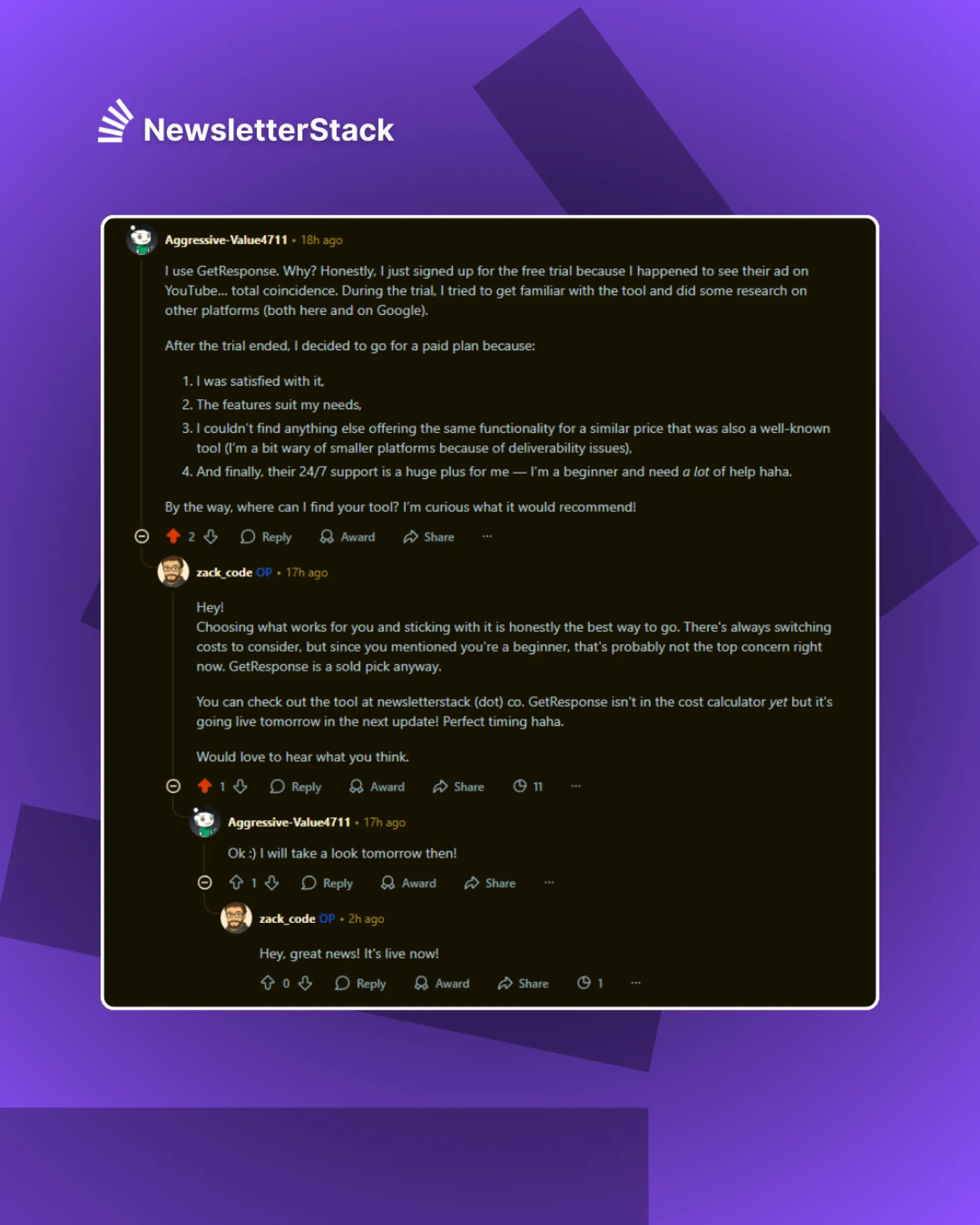
Hey Huzzler community!
After watching 1000+ of you launch here, I've started noticing a common pattern among SaaS launches:
Month 1-6: Build incredible product ✅
Month 7: Launch on Huzzler and get great feedback
Month 8: "No customers.. Maybe I need more features?" 🤔
Month 12: Still struggling with real customers... 😰
Here's the thing, almost everyone in this community can build. You're all incredibly talented.
We try posting on Product Hunt, tweeting, building in public... but our acutal customers are not browsing these sites. They're busy doing their jobs at companies.
That's why I'm building Customer Engine: a systematic approach to getting customers where you get exact daily tasks to get your first B2B customers.
Instead of: "What should I do today to get customers?"
You get: "Send 8 LinkedIn requests to marketing managers using template #3"
And you can actually see what's actually working for other founders (with real numbers).
Question for you guys: What's your biggest problem after launching your product? Is it getting the first real customers (who are not founders themselves)?
Would love your thoughts!
Waitlist: customerengine.co

Been diving deep into newsletter platform pricing while building NewsletterStack, and honestly, the differences are wild.
Here's something I learned: if you're just starting out, Substack is genuinely the best choice. Why? It's completely free until you start charging subscribers. No upfront costs, no subscriber limits. You can build your audience without worrying about monthly fees.
But here's where it gets interesting. Once you hit around 5k-10k subscribers, the math changes completely. A platform that seems "cheap" at 1k subscribers might cost you hundreds more per month at scale.
And cost per subscriber isn't even the full picture. You need to consider:
- Email deliverability features
- Monetization options (paid subscriptions, ads, sponsorships, and more)
- Design flexibility and customization
- Analytics and growth tools
- Migration difficulty if you want to switch later (⚠️super important!!)
That's why I built a Newsletter Cost Calculator for NewsletterStack. Just enter your audience size and see real pricing across Beehiiv, Substack, Kit, Ghost, Buttondown, and more popular platforms, all in one place. Everything's up to date so you can actually compare apples to apples.
#BuildinPublic #NewsletterStack
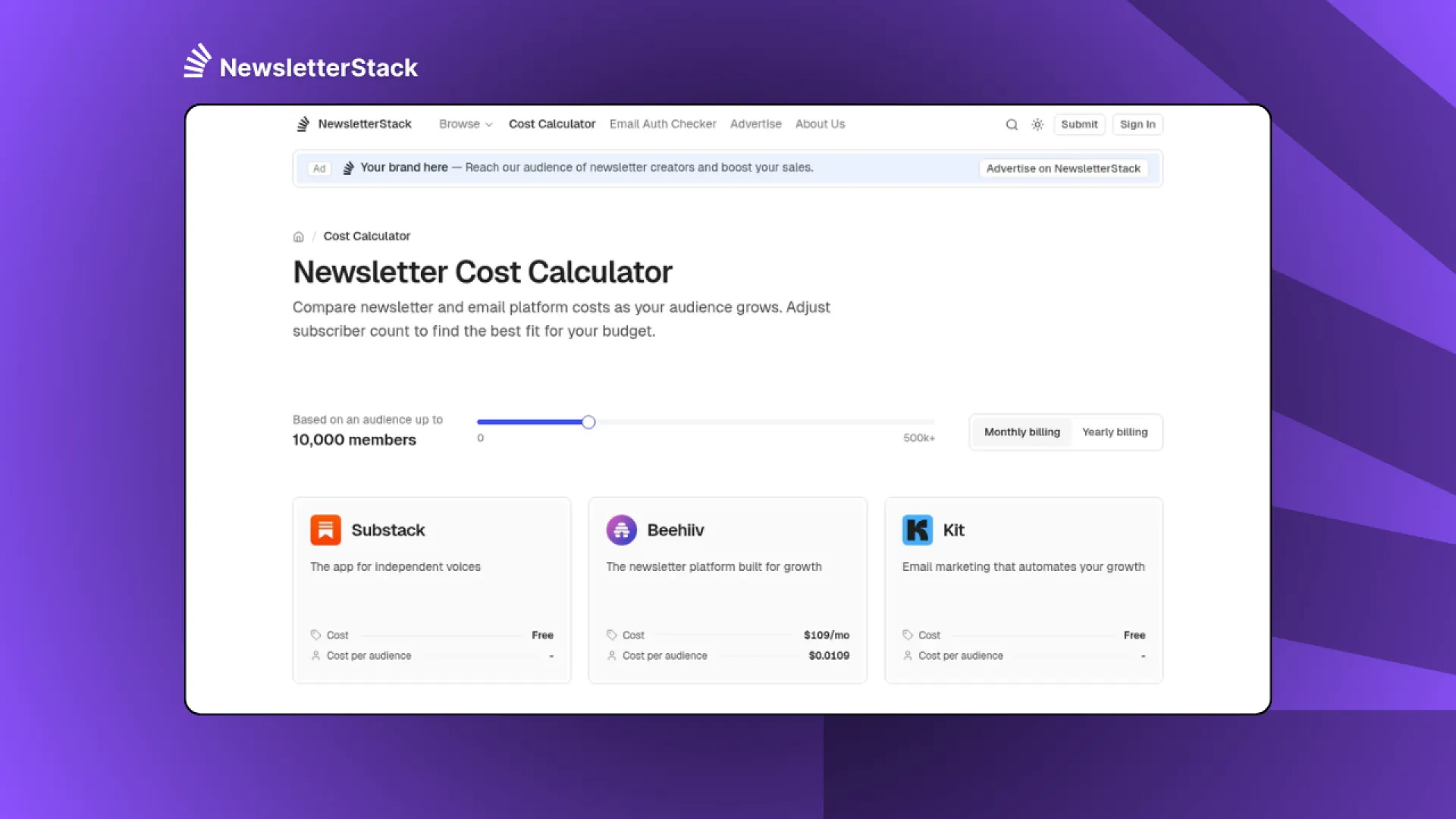
I spent the last few weeks building NewsletterStack – a curated directory where newsletter creators can discover the actual tech stacks behind successful newsletters. Not just tools, but real growth strategies, subscriber counts, and what actually works.
Just launched today 🚀
It's still early (plenty more newsletter case studies coming), but I'm excited to finally get it out there. If you're building a newsletter or thinking about starting one, hope this helps you find the right stack.
Would love your feedback. Some exciting features rolling out soon.
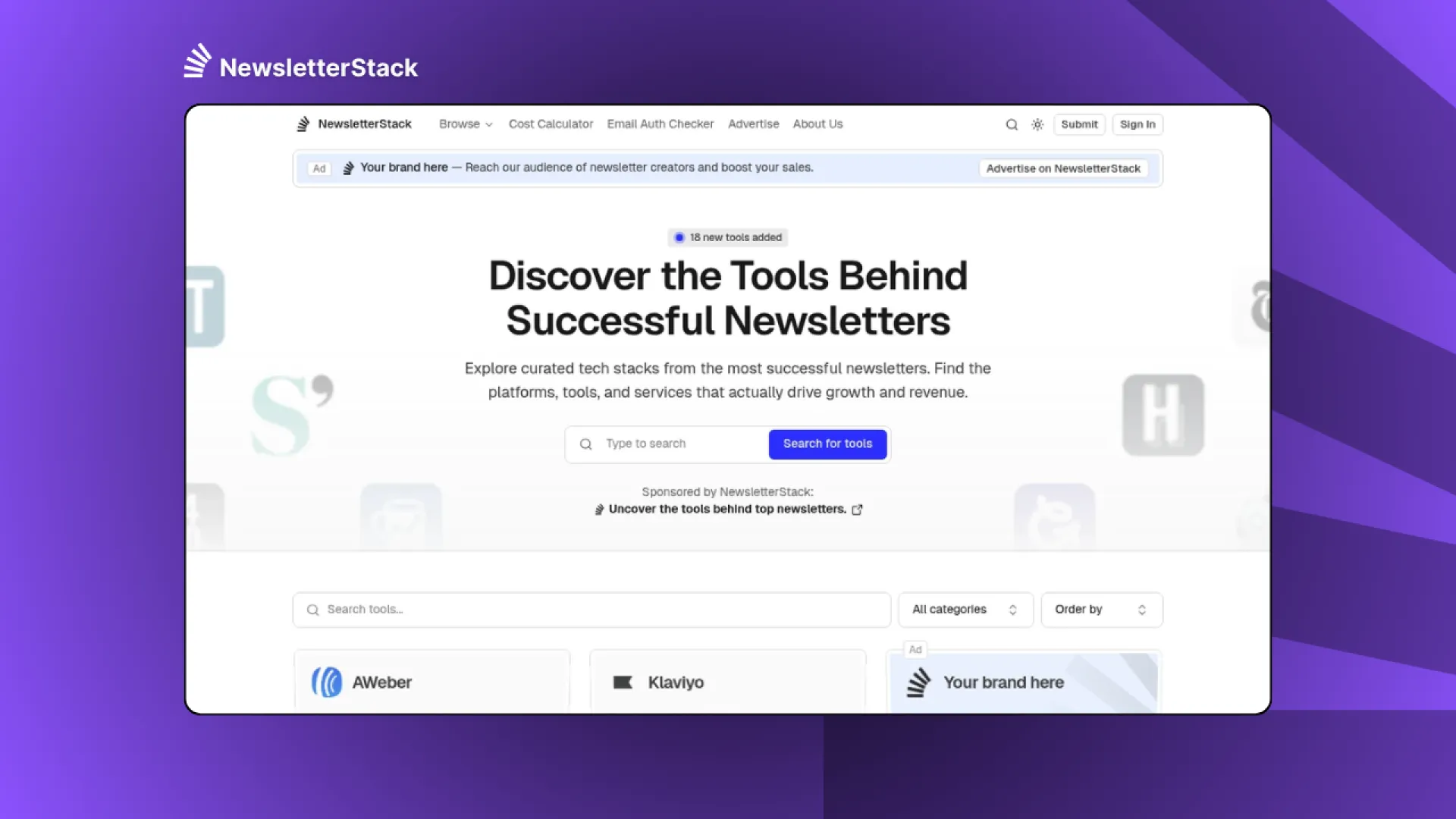
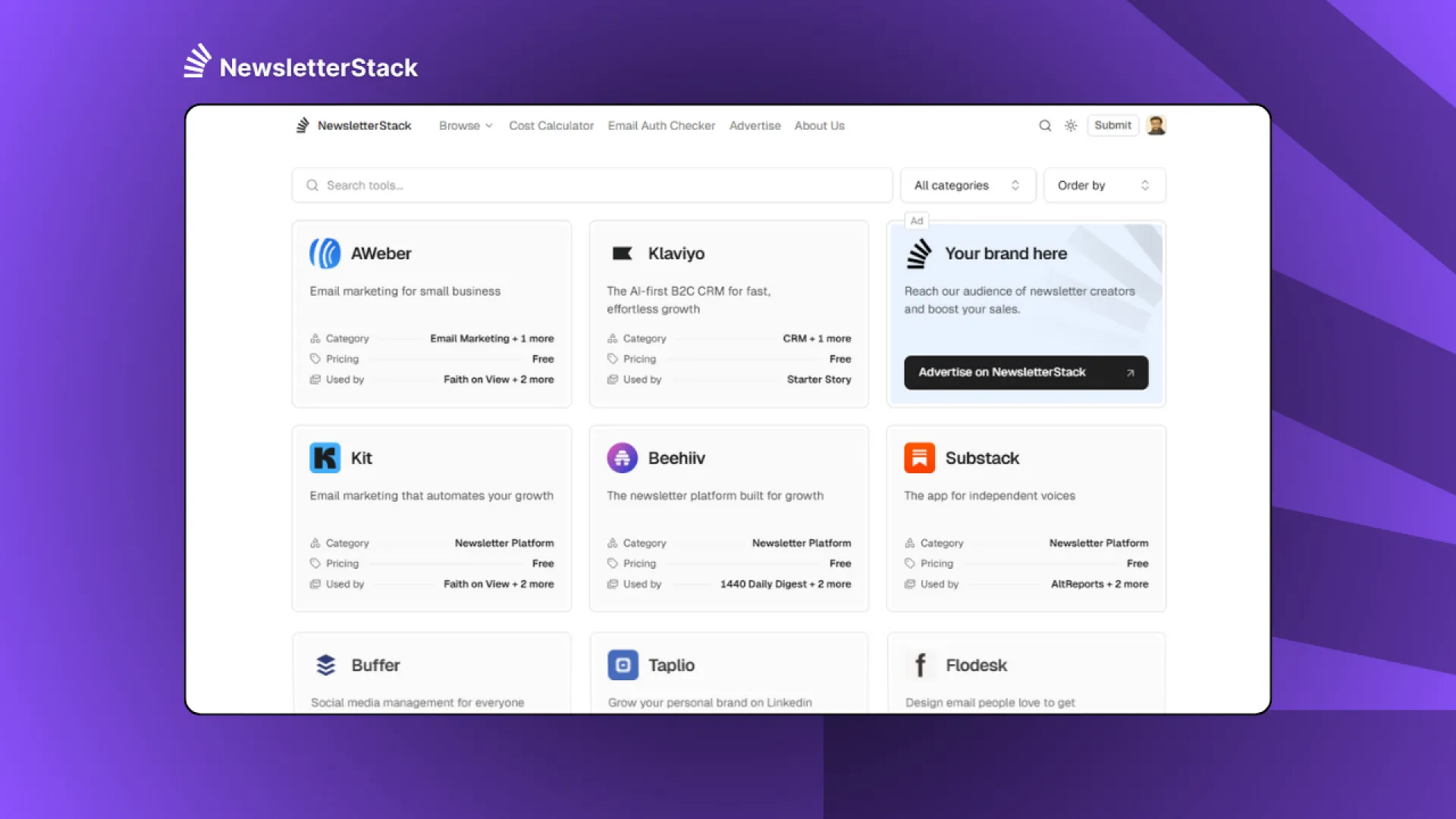


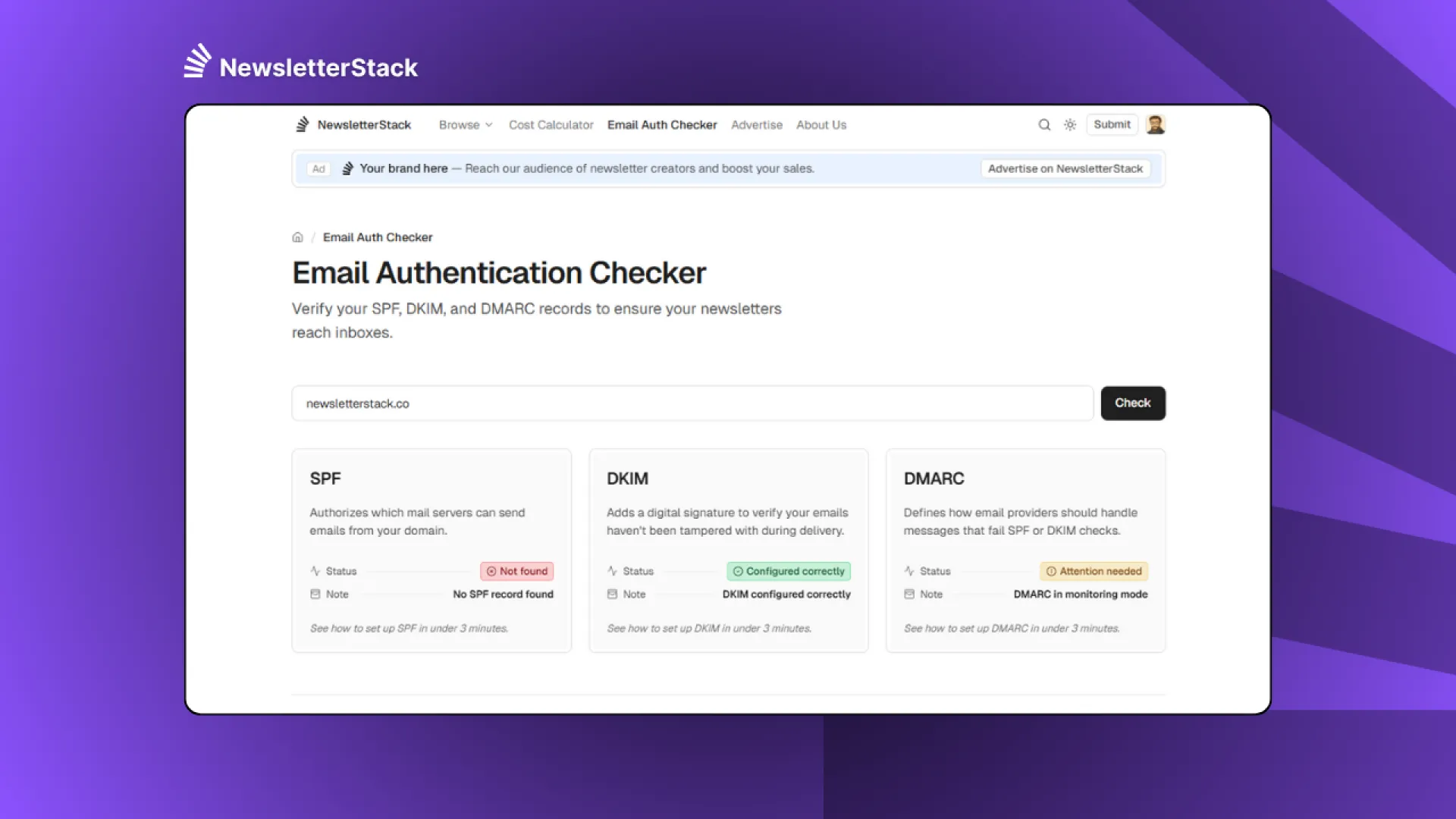
 $330/mo
$330/mo
We hustle daily, right?
One day is great, followed by several down days, at times.
But we keep building and eventually we earn trust.
I decided to share my ~ 3 year journey on Solopreneurship on Medium.
People loved it.
Why though?
I was a bit surprised, but then again in hindsight it makes sense.
People love reading about how to make money.
Just think of the algorithms that rule our life.
- I make $5K/day easy
- How to make $349 in 1 day
- etc.
The lists go on.
But as someone who lives in reality, I thought I'd share the hard truth behind solopreneurship and surprisingly how writing about it has resulted in a funnel for my freelancing services!
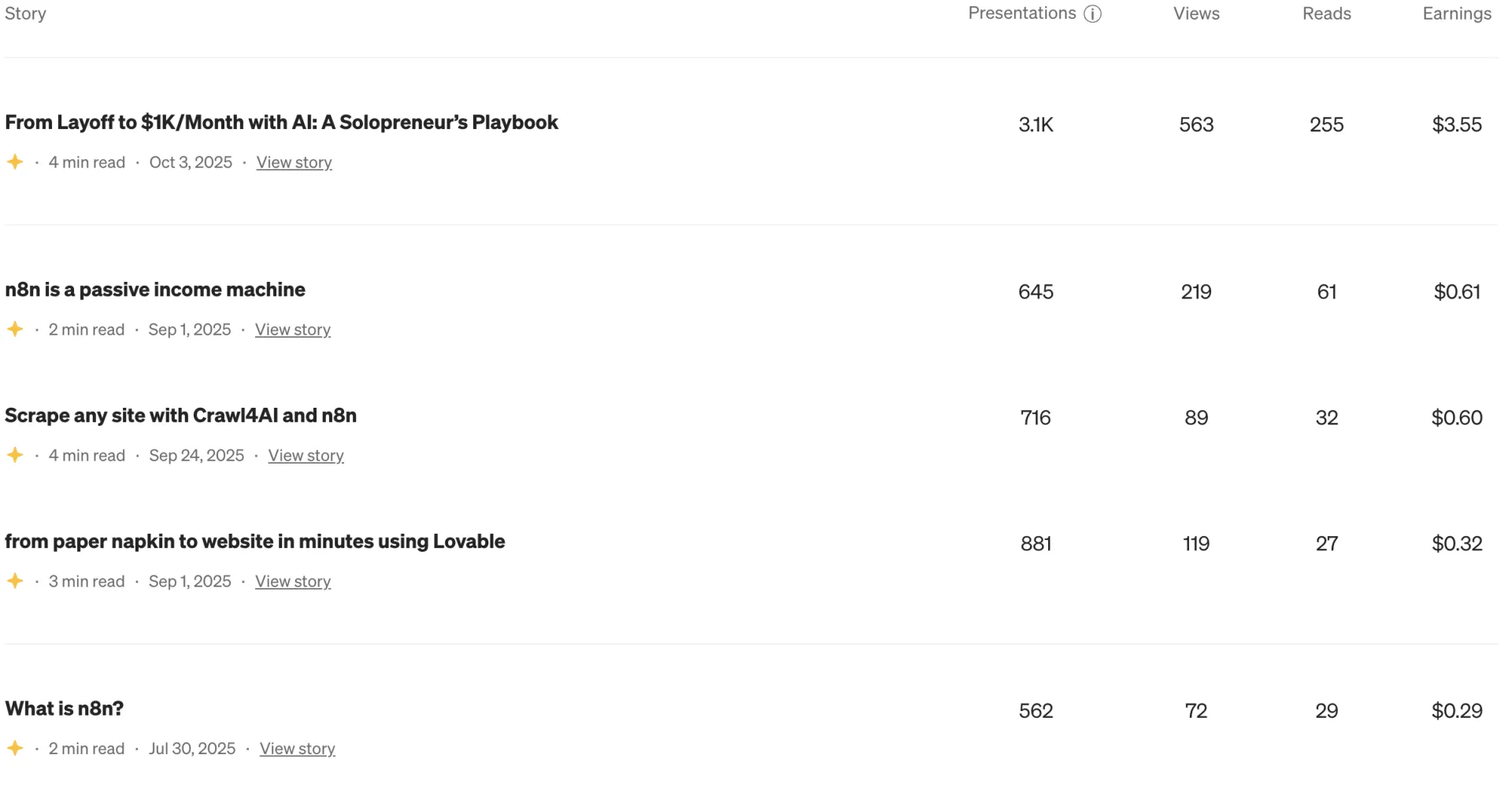
 $146/mo
$146/mo
Spot Web3 scams via OSINT, tokenomics and contract checks. Practical checklist + real examples and safe‑reply template.
https://www.hokentech.tech/web3-antiscam-guide-osint-tokenomics--smart-contracts

Hey everyone 👋
I wanted to share something I built recently vcdir.com a global directory of venture capital firms that I put together in just 3 days.
The goal was to make something simple, fast, and open a place where founders can easily discover investors, and VCs can get more visibility and inbound deal flow.
Most VC databases I found were either outdated, overly complex, or hidden behind a paywall.
So I decided to make one that’s:
- 🌍 Free to browse — no signup or paywall
- 📊 Lists over 1,500+ verified VC firms from around the world
- 🔍 Lets you filter by country, continent, investment phase, and market focus
- 🔗 Each firm has a dedicated page with portfolio links, website, and SEO structure
- 🗺️ Includes categories, breadcrumbs, and a bookmarks for easy navigation and browsing
I wanted a better domain, but everything decent was taken or insanely priced so vcdir.com it is 😅
This isn’t meant to be a massive SaaS or paywall product just a useful, open directory that can grow organically and maybe make VC discovery a bit easier for everyone involved.
Would love feedback from this community.
What kind of data, filters, or features would make a VC directory genuinely helpful?
Thanks for reading 🙌

Finally found a brand name and domain I love.
But now every social handle I need is taken, even variations with .com, most often by inactive accounts with 1–2 followers and zero posts.
It’s frustrating how this can block brand consistency before even building your product.
Has anyone here actually managed to take over an inactive handle?
Did support help, or did you have to negotiate directly?
Would love to hear what worked for you.
 $551/mo
$551/mo
Everyone keeps preaching the same thing. Build an MVP. Test it fast. If it doesn't sell immediately, trash it and move on.
Here's what I've learned after years of building: that playbook wasn't written for everyone.
The YC model isn't your model
Y Combinator's approach makes sense for them:
- Invest in 100 startups, accept 90 will fail, hope one becomes a unicorn
- Their top 4 companies account for 84% of value created
- But first-time founders have only an 18% success rate
You're probably not building a unicorn on your first try. And that's completely fine. If you built something making a few million annually, you'd likely be thrilled.
When MVPs don't work
- People won't pay for vaporware unless you're a natural salesperson
- If alternatives exist and your product barely works, they'll pick those alternatives
- If no alternative exists, the market probably doesn't exist either
- Most common startup failure reason? Lack of product-market fit at 34%
When you launch a broken MVP to a large customer base, you build brand association with that first version. Users don't think "this must be their initial stab" they ask "is this way better than what I already use?"
My journey: soft pivots over hard ones
I started with Aquiestoy (employee tracking), built free tools that got thousands of users, then created Linkbreakers (QR code generator with tracking).
The results:
- Traffic came immediately. Sign-ups poured in daily
- Thousands of users loved it
- But barely anyone converted to paid plans
Why? I'd attracted the wrong market. People wanted a tool, not a service. Design capability alone doesn't create enough value to justify payment.
The pivot that matters
Then it clicked: QR codes are workflows.
Now I'm building conditional QR codes that redirect based on country, device, or any factor. Testing restaurant use cases, email capture, gamification, coupon distribution. All built on the same workflow engine.
Everything accumulates: the QR scanner, device analysis, lead scoring attempts, workflow system. I'm navigating to find my market while building real expertise.
Why complexity creates value
Two years ago, I would've laughed at building all this. Too complex. Too time-consuming.
But I think that complexity might be exactly what creates value. The barrier to entry is the point.
This goes completely against conventional wisdom. You're supposed to fail fast and trash what doesn't work.
Instead, I'm doing soft pivots. I started wanting to track employees, now I'm building workflows for restaurants. The technical foundation remains useful.
What the data actually shows
The reality nobody talks about:
- Every successful tech company repeatedly reinvented itself (Apple, Microsoft, Netflix)
- 75% of founders report success after pivoting
- Median time from idea to product-market fit: 2 years
- Bootstrapped startups have 60-70% survival rate vs VC-backed companies
- Shopify didn't raise for 4 years. GitHub for 4 years. Wayfair for 9 years
My takeaway
I'm not saying MVP is wrong. I'm saying it's not the only path, and maybe not even the most common one.
Sometimes you build something substantial that doesn't convert immediately. So you examine what you've built and shift it slightly. Construction continues. It accumulates.
The real competitive advantage might not be speed. It might be persistence, adaptability, and recognizing when you need a soft pivot instead of starting over.
I'm convinced I'll eventually find the right value proposition. The genuinely compelling one where I could confidently run paid ads knowing they'd convert.
On top of that, I'm very happy building it.


Hey Huzzler community!
After watching 1000+ of you launch here, I've started noticing a common pattern among SaaS launches:
Month 1-6: Build incredible product ✅
Month 7: Launch on Huzzler and get great feedback
Month 8: "No customers.. Maybe I need more features?" 🤔
Month 12: Still struggling with real customers... 😰
Here's the thing, almost everyone in this community can build. You're all incredibly talented.
We try posting on Product Hunt, tweeting, building in public... but our acutal customers are not browsing these sites. They're busy doing their jobs at companies.
That's why I'm building Customer Engine: a systematic approach to getting customers where you get exact daily tasks to get your first B2B customers.
Instead of: "What should I do today to get customers?"
You get: "Send 8 LinkedIn requests to marketing managers using template #3"
And you can actually see what's actually working for other founders (with real numbers).
Question for you guys: What's your biggest problem after launching your product? Is it getting the first real customers (who are not founders themselves)?
Would love your thoughts!
Waitlist: customerengine.co

this is so true
////////////////////////////////////////////////////
